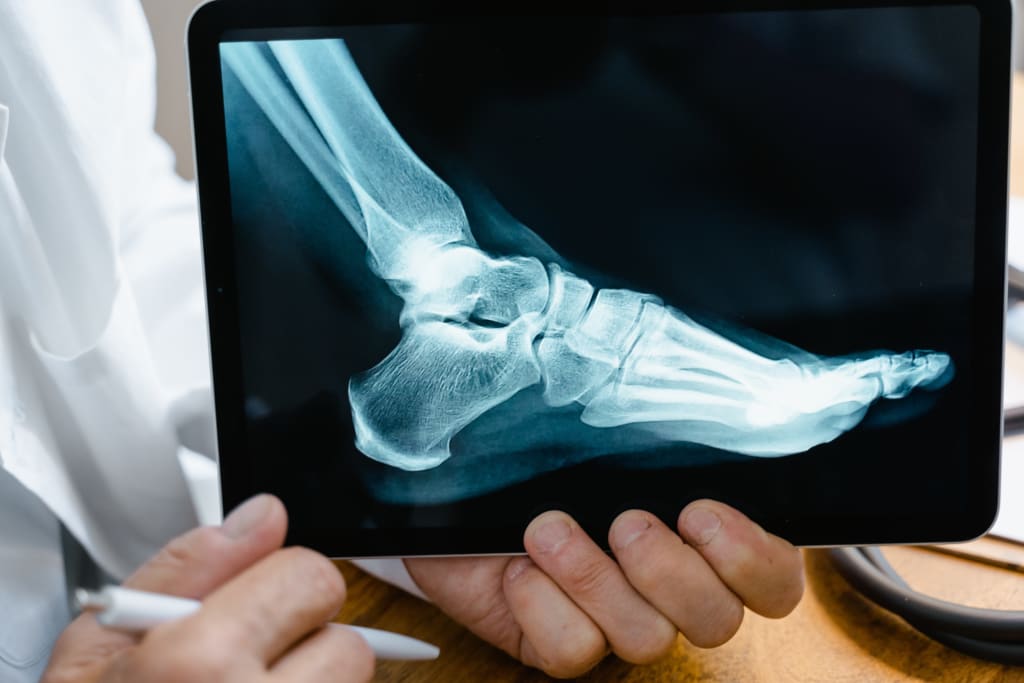A Comprehensive Guide to Podiatry Tools and Their Uses
What’s Inside a Foot Doctor’s Tool Kit?

Having healthy feet forms the basis of leading a healthy lifestyle. As the most actively used part of our bodies, our feet contain the most densely concentrated set of nerve endings and are the site of over 100 muscles, ligaments, and tendons. This includes the Achilles tendon, the strongest tendon in the human body.
We rely on our feet to get us to different places, whether driving or walking. Our feet hold our entire body weight and help us balance, even when we aren’t moving. This makes it essential to take great care of our feet and immediately visit an experienced podiatrist for any foot-related medical issues or irregularities.
What Does a Podiatrist Do?
To become acquainted with some essential podiatry tools, it can be helpful to learn the different functions and roles these specialists perform. Podiatrists are known to treat an array of foot conditions, including:
- Minor to traumatic injuries
- Diabetic foot disorders
- Skin conditions
- Structural complications
- Nail conditions
- Ankle and heel pain
- Pediatric care
- Irregular growths
Podiatrists may even specialize in sports medicine for athletes or wound care. In cases where it is required, podiatrists are also qualified to perform surgery. Podiatrists can perform different kinds of surgery, such as trauma surgery, procedures to treat fractures, and reconstruction of ligaments.
Podiatry Tools 101
Whether you’re joining a podiatrist’s team or would like to be a more well-informed patient, this guide to all the essential podiatry tools and their specific uses will prove to be handy.
A podiatrist’s toolkit includes tools for basic inspections and routine treatments, such as removing corns and calluses, trimming nails, and more. Below is a quick overview of 10 basic tools in any podiatrist’s kit.
Chisels
In podiatry, chisels are used during nail treatment or to reshape or remove parts of bone. Chisels may have round, spade-shaped, straight, or paddle-shaped blades – depending on the purpose.
Comedone Extractors
Dermatologists commonly use these tools to extract blackheads or clear clogged pores in their patient’s skin. A podiatrist may use a comedone extractor for similar conditions or growths on the foot.
Cuticle Nippers and Pushers
Cuticle nippers are designed to trim hangnails or ingrown nails with precision. Cuticle pushers can be used to loosen the cuticles by pushing them back. This may offer better access to the nail bed so the podiatrist can evaluate the problematic area.
Cutting Forceps
In podiatry, cutting forceps are used to cut bone during procedures.
Nail File Rasp
Nail files are used to gently grind and shape the toenails. This category also includes callus removers and double-ended ingrown nail files.
Nail Splitters, Forceps, and Nippers
Similar to cuticle nippers, nail nippers are specially designed for podiatrists to precisely trim ingrown or deformed toenails. Nail splitters and forceps are designed to separate the ingrown nail from the surrounding tissue. These tools come in various sizes for precision.
Podiatry Burs
Burs are instruments with an attached rotating head. Burs help the podiatrist remove excess damaged tissue or nail from the feet. Podiatry burs come in different levels of abrasiveness and shapes.
Curettes
Curettes are mostly used for nail cleaning, as these instruments enable the podiatrist to remove debris from under the edge of the nail plate. These are also sometimes used to drain abscesses.
Elevators
As the name suggests, these tools are used to elevate either the skin or tissue. They also lift a nail from the nail bed without hurting the surrounding soft tissue.
Corn Spoon or Shaver
These tools are used to gently remove corns from the patient’s feet without harming the local tissue.
How to Maintain Happy Feet

Foot problems can significantly unsettle one’s life and interfere with necessary tasks or leisure activities. As in all cases, it’s better to take care of your feet and prevent any problems. There are some healthy practices you could implement to take better care of your feet.
Regularly stretching your legs and flexing individual muscles through gentle exercises is a great way to keep your legs and feet active and strong. That being said, it’s equally important to rest and elevate your feet when you can.
Always take the opportunity to put your feet up after a tiring day and incorporate relaxing soaks and foot rubs into your weekly routine. To prevent the breeding of bacteria and odor, expose your feet to the air when possible, and dry your toes thoroughly after every shower.
If you are a fitness enthusiast with foot pain or a skin condition, make sure to consult your podiatrist on the right practices to support your active hobbies. They may prescribe aftercare for intense workouts or suggest supportive trainers that get you through your fitness activities with comfort and minimal pain.
Wrapping Up
Now you know about essential podiatry tools and their functions. These instruments, from chisels to curettes, are pivotal in diagnosing, treating, and managing a wide range of podiatric conditions. The next time you're in your podiatrist's office, you'll have a clearer picture of how these tools work to ensure your foot and ankle health.
About the Creator
Aaron Smith
Aaron is a content strategist and consultant in support of STEM firms and medical practices. He covers industry developments and helps companies connect with clients. In his free time, he enjoys swimming, swing dancing, and sci-fi novels.






Comments
There are no comments for this story
Be the first to respond and start the conversation.